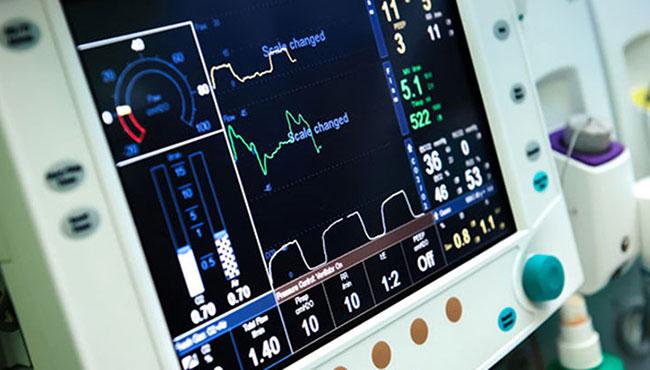Home Ventilator: This Can Improve The Use Effect And Prolong The Life Of The Machine
By Gavin | November 07, 2022
The principle of human respiratory function
Inhalation: Contraction of respiratory muscles - expansion of thoracic volume - expansion of alveoli - formation of negative pressure - inhalation of air from outside.
Exhalation: The respiratory muscles relax - the alveoli elastically contract - the pressure in the lungs increases - the air is exhaled outward.

From this, it can be seen that due to the expansion and contraction of human alveoli, a pressure difference is formed between the atmospheric pressure and the respiratory function.
The home ventilator is made based on the dynamic principle of establishing a pressure difference with a mechanical device to generate alveolar ventilation. It is actually equivalent to an air compressor. When the patient's lungs fail or the airway is blocked, the home ventilator can pressurize the air. The air behind is continuously blown into the patient's airway, thereby keeping the airway open and maintaining normal breathing.
It can also monitor apnea, hypopnea, snoring, airflow limitation and other events, and can automatically respond to different breathing events and adjust the pressure. Usually patients with sleep apnea syndrome (snoring and pauses) and patients with severe emphysema, cor pulmonale, chronic obstructive pulmonary disease or type 2 respiratory failure and high carbon dioxide need to buy a home ventilator.
Precautions for use
Although the home ventilator is simple to operate, there are still some small things to pay attention to when using it. Operating according to the regulations can improve the use effect and prolong the life of the ventilator.
When using the ventilator for the first time, you must first turn it on and off to determine whether the machine can be turned on and off correctly, and check whether the machine can work normally. If you have any questions, please contact the seller or manufacturer in time.
2. Read the product instruction manual carefully before use, and connect the ventilator, humidifier, nasal mask or oral-nasal mask according to the instructions.
3. Put on the nasal mask or mouth-nasal mask and adjust the headband elasticity. Generally, it is advisable that the mask has no pressure on the corresponding part of the patient, but it should not be too loose to avoid air leakage.
4. Make sure that pure water or distilled water has been added to the heater, and it cannot exceed the specified scale.
5. Start the ventilator and feel if the ventilator works abnormally. If there is no abnormality, you can use it with confidence.
6. During use, if the patient wants to temporarily leave the machine, it is best to turn off the machine, take off the nasal mask or oral-nasal mask before leaving. When you come back, put on a nasal mask or mouth-nasal mask, and then turn it on again.
7. After using it every day, be sure to turn off the machine and then cut off the power.
8. It is best to wash the mask once a day, and wash the pipes every three days.
9. Change the water in the heater every day, and it is advisable to not exceed the water level line.
common problem
When using the ventilator for the first time, it may feel a little uncomfortable at first. This is normal. Take a few deep breaths, and over a period of self-adjustment, you will gradually get used to this new feeling.
Getting up If you need to get up at night, remove the mask and turn off the ventilator. Put your mask back on and switch on the ventilator while you continue to sleep.
Mouth leak: If using a nasal mask, try to keep your mouth closed during treatment. Mouth leaks can lead to reduced efficacy. If the air leak in the mouth does not resolve, an oral-nasal mask or a chin strap can be used.
Mask Wear: The ventilator works best when the mask is well-fitted and comfortable. Air leaks can affect efficacy, so it is important to eliminate air leaks. Before putting on the mask, wash your face to remove excess oil from your face, which will help you wear the mask better and prolong the life of the mask pad.
Dryness problems: During use, dryness of the nose, mouth and throat may occur, which is more pronounced in winter. Usually, adding a humidifier can eliminate the above discomfort.
6. Nasal irritation: Sneezing, runny nose, nasal congestion, etc. may occur during the first few weeks of treatment. Usually, adding a humidifier can solve the above problems.
Care and Maintenance
daily cleaning
Remove the tubing and hang it in a clean, dry place for next use. Avoid direct sunlight, otherwise the pipeline will harden and crack for a long time.
Wash the mask according to the mask directions for use.
3. If using a thermostat, follow the instructions in the manual to clean it.
weekly cleaning
Remove the tubing from the ventilator and mask.
Follow the instructions to wash the entire mask system.
3. Clean the pipeline with warm water containing neutral detergent, rinse with clean water and hang it to dry, and it is not allowed to dry.